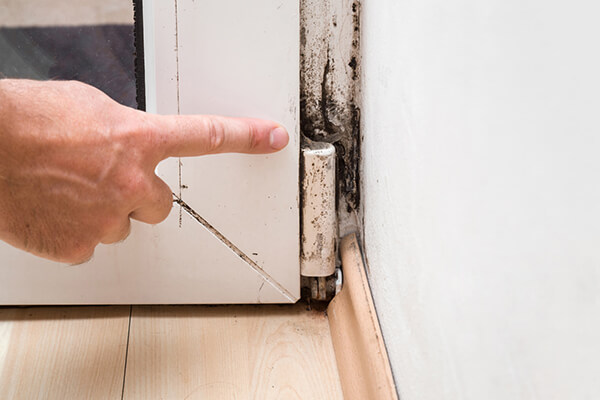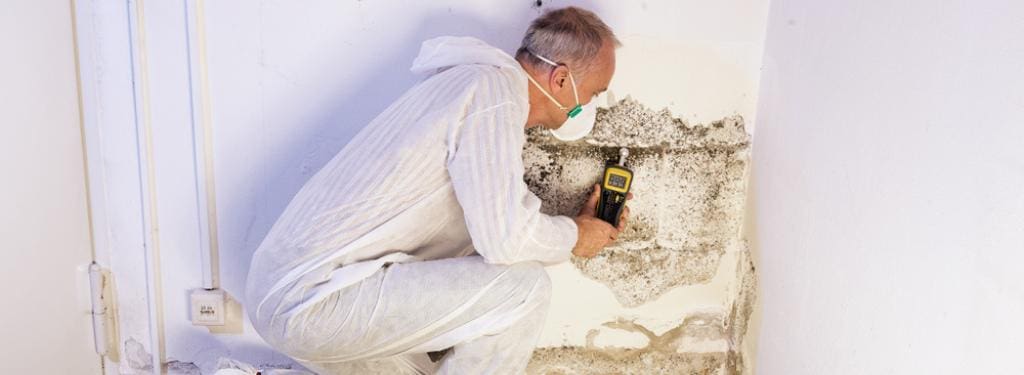After Mold Remediation Strategies for Clean Rooms
After Mold Remediation Strategies for Clean Rooms
Blog Article
Your Ultimate Overview to Post Mold Remediation Strategies
In the after-effects of mold and mildew infestation, knowing exactly how to properly eradicate the mold and mildew and prevent its reoccurrence is paramount for maintaining a healthy indoor setting. From selecting the right cleansing and disinfecting techniques to applying methods for long-term mold avoidance, each action in the remediation trip plays a crucial function in making sure a successful result.
Recognizing Post-Mold Remediation Process
After completing the mold remediation procedure, it is essential to understand the post-mold remediation strategies that are essential to guarantee a effective and thorough cleanup. Once the mold has been gotten rid of, the following step includes cleansing and decontaminating the impacted areas to avoid any type of regrowth of mold. This consists of utilizing specialized cleaning up agents to clean down surface areas and eliminate any kind of staying mold and mildew spores. It is necessary to dry out the area completely to prevent the growth of mold and mildew in the future (Post Remediation verification). Appropriate air flow and dehumidification can help in this process.
In addition, carrying out a last evaluation post-remediation is vital to ensure that all mold has actually been effectively removed. This inspection should involve a comprehensive visual check as well as possibly air tasting to verify the lack of mold and mildew spores airborne. If the inspection exposes any type of sticking around mold and mildew, added remediation might be needed. Enlightening passengers on precautionary measures such as managing moisture degrees and promptly resolving any kind of water leaks can help maintain a mold-free setting.
Efficient Cleansing and Disinfecting Methods

Protecting Against Future Mold Development

Significance of Appropriate Air Flow
Correct air flow plays an essential role in stopping wetness buildup, a crucial consider mold and mildew growth within interior atmospheres. Effective air flow systems assist get rid of excess humidity from the air, reducing the chances of mold and mildew spores discovering the moisture they need to spread out and germinate. Without adequate ventilation, interior spaces can come to be a breeding ground for mold and mildew, resulting in possible health and wellness threats and structural damages.
By guaranteeing proper air blood circulation, ventilation systems can likewise assist in drying out moist areas faster after water damage or flooding events, even more hindering mold development. testing air quality after mold remediation. In areas like washrooms, cellars, attics, and kitchens where dampness levels have a tendency to be higher, mounting and preserving efficient air flow systems is crucial in avoiding mold invasions

Monitoring and Maintenance Tips
Given the crucial function that appropriate air flow plays in protecting against mold and mildew development, it is crucial to develop reliable surveillance and upkeep suggestions to make pop over to this web-site certain the ongoing capability of ventilation systems. Routine inspections of air flow systems should be performed to check for any type of indicators of obstructions, leaks, or breakdowns that might impede correct air flow. Monitoring moisture levels within the building is likewise important, as high humidity can contribute to mold growth. Setting up a hygrometer can help track moisture degrees and sharp property owners to any spikes that might require focus. Furthermore, making sure that air filters are on a regular basis cleaned or changed is vital for maintaining the performance of the ventilation system. Implementing a timetable for routine maintenance tasks, such as duct cleaning and HVAC system assessments, can help prevent problems before they escalate. By staying conscientious and aggressive to the condition of air flow systems, residential or commercial property owners can successfully minimize the danger of mold and mildew regrowth and preserve a healthy indoor environment.
Final Thought
In verdict, post-mold remediation strategies are crucial for making certain a clean and secure setting. Comprehending the procedure, implementing efficient cleansing and sanitizing methods, protecting against future mold and mildew growth, maintaining proper ventilation, and routine tracking are all crucial steps in the removal procedure. By complying with these guidelines, you can effectively remove mold and stop its return, working or advertising a healthy living room for all owners.
In the after-effects of mold and mildew problem, understanding exactly how to successfully eliminate the mold and mildew and prevent its reoccurrence is extremely important for maintaining a healthy interior atmosphere. Once the mold has actually been removed, the following step entails cleansing and decontaminating the impacted locations to prevent any kind of regrowth of mold - Post remediation mold testing near me. After removing visible mold and mildew development, it is important to clean all surface areas in the afflicted location to eliminate any kind of remaining mold spores. To better enhance mold prevention procedures, it is important to attend to underlying issues that at first led to mold and mildew Home Page advancement.Offered the important function that correct air flow plays in stopping mold and mildew development, it is imperative to establish efficient monitoring and upkeep pointers to ensure the ongoing functionality of air flow systems
Report this page